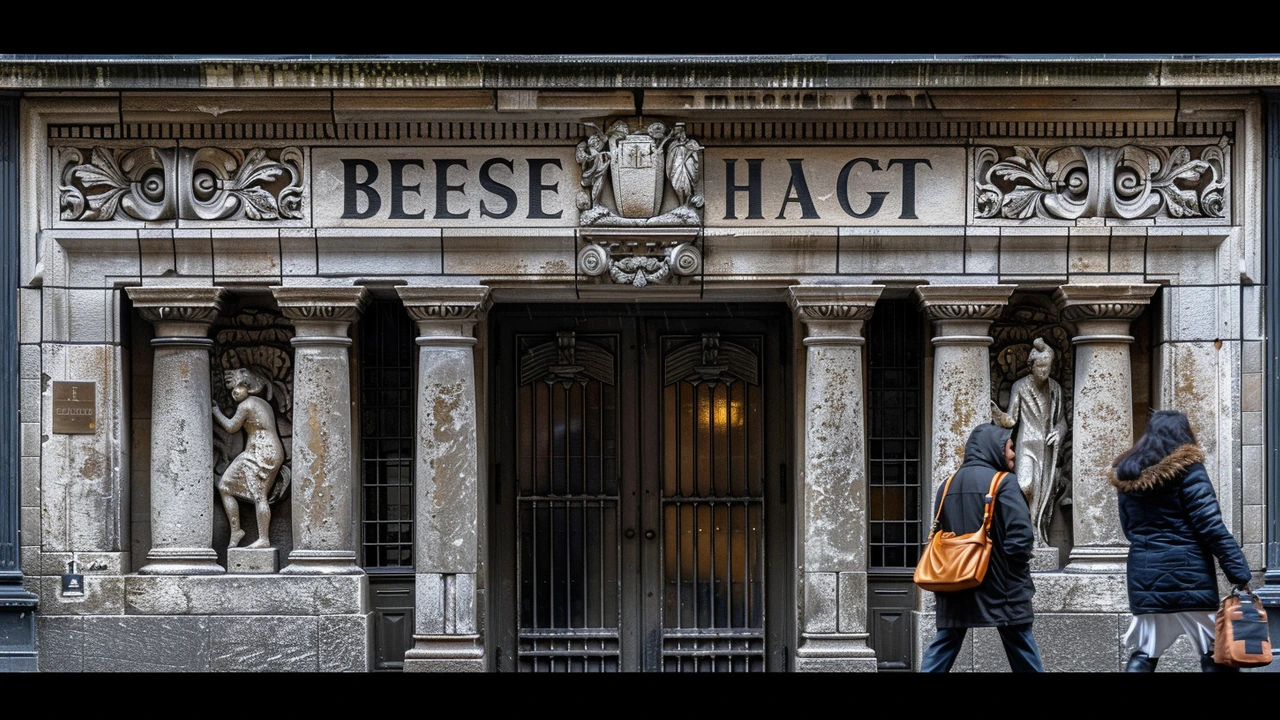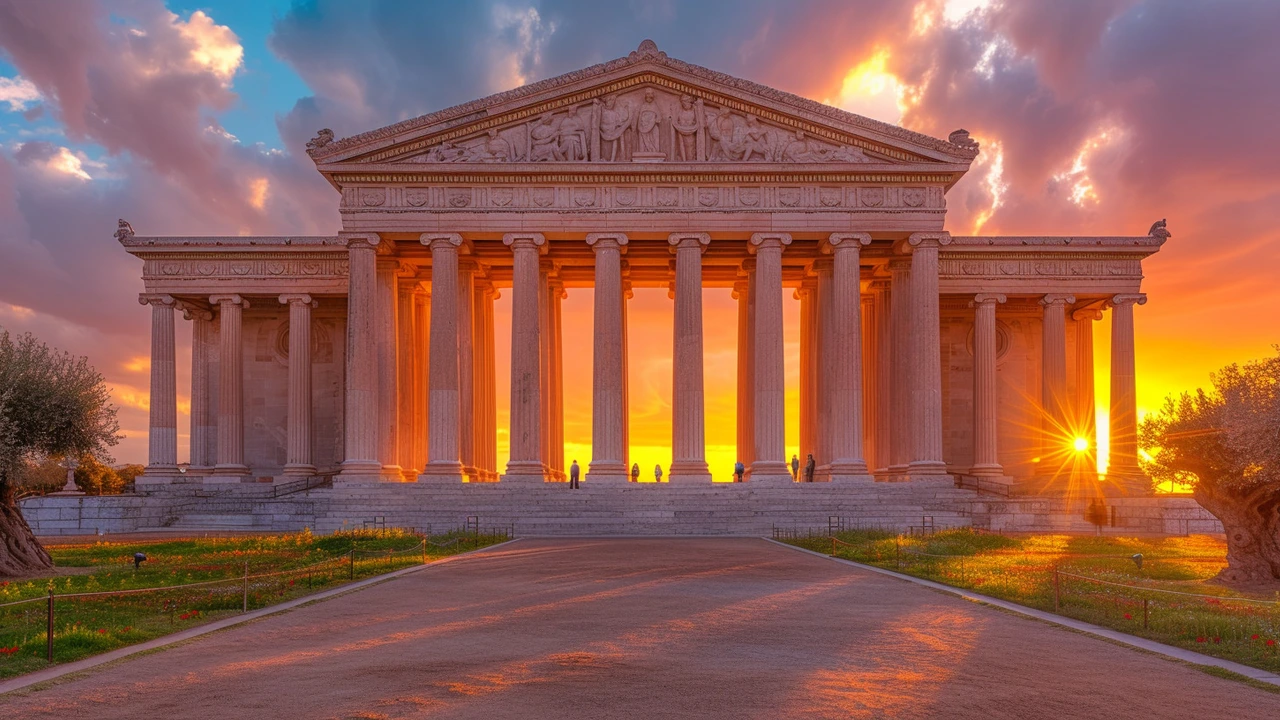Beaux-Arts Architecture: How to Spot and Use It Today
Beaux-Arts buildings look big and deliberate. They mix classical rules with showy decoration and a sense of ceremony. From Paris to New York, this style shaped museums, train stations, courthouses, and grand homes from the late 19th century into the early 20th. You’ll see balanced facades, arched windows, heavy stonework, and sculptural details that announce importance.
Key features to spot
Look for strict symmetry and a clear center line. Massive stone or masonry facades, often raised on a tall base, give a building a throne-like stance. Columns and pilasters borrow from Greek and Roman orders, while big staircases, arched doorways, and balustrades create theatrical entrances. Ornamentation is rich: carved garlands, shields, winged figures, and dramatic cornices. Rooflines might include domes or mansards, and metalwork—railings, lamps, gates—often shows fine detailing.
Classic examples are easy to find. In New York, check Grand Central Terminal and the New York Public Library. Paris offers the Palais Garnier and the Petit Palais. These buildings share the same grammar: order, hierarchy, and ornament used to signal civic pride and cultural ambition.
Preserving and using Beaux-Arts today
Beaux-Arts taught architects how to stage public life. Its language still influences city halls, museums, and banks. For preservation, the challenges are real. Heavy stone and carved details wear over time. Hidden systems—electrical, HVAC, plumbing—need updates that can harm delicate interiors. Repair costs are high and skilled stone carvers are rare.
If you’re touring a city, focus on entrances and cornices; they tell the story. For a renovation, document existing details with photos and measured drawings before work starts. Use like-for-like materials when possible: matching mortar and stone color matters. Keep interventions reversible so future caretakers can undo changes. When budgets are tight, prioritize the most visible elements: the main stair, facade ornament, and entry surround.
You don’t need a palace to borrow Beaux-Arts ideas. Use symmetry in the facade or interior plan, choose a strong central entrance, add a formal stair, and pick balustrades or classical moldings at key spots. Scale matters—small copies feel fake—so suggest big gestures in a restrained way. For trim and ironwork, buy or commission pieces with authentic proportions.
Start any project with a measured survey and a simple condition report. Look for local preservation grants or tax credits—cities often fund facade work on landmark buildings. Hire an architect or conservator experienced with classical details; ask for examples, not promises. For small budgets, repair rather than replace: patch stone with matching mortar, repaint ironwork, restore original windows instead of swapping them. Good planning avoids costly mistakes and keeps the building’s character alive. Keep clear records of materials and work.
Beaux-Arts is less about nostalgia and more about giving public buildings a clear voice. If you care for old buildings, focus on honest repairs, respect original materials, and work with craftsmen who understand classical proportions. You'll preserve not just stone and plaster, but the way cities announce their values.
Beaux-Arts Architecture: Stunning History, Design, and Iconic Examples
Dive into the vibrant world of Beaux-Arts architecture—its bold history, trademark design features, and legendary buildings that still mesmerize today.
Read more
Discovering Beaux-Arts Architecture: Celebrating Human Ingenuity
Explore the grandeur of Beaux-Arts architecture, a style that stands as a testament to human creativity. Learn about its origins, distinctive features, and lasting impact on the architectural landscape. Get inspired by tips to recognize this style in modern cities and appreciate its elegance.
Read more
Unveiling the Grandeur: A Deep Dive into Beaux-Arts Architecture's Rich History and Legacy
Explore the captivating world of Beaux-Arts architecture; a style that epitomizes grandeur, opulence, and meticulous craftsmanship. This detailed exploration delves into its origins, key characteristics, notable examples, and lasting impact on the architectural landscape. Discover the intricate details that define Beaux-Arts architecture and how it has influenced modern architectural practices. This article offers a comprehensive understanding of a style that has shaped the aesthetics of buildings across the globe, standing as a testament to the enduring allure of classical design principles.
Read more
Beaux-Arts Architecture: An Ode to Classical Elegance
Hi there, fellow architecture enthusiasts! This post is going to take us on a journey through the timeless spectacle of Beaux-Arts architecture, a real celebration of classical elegance. Get ready to delve deep into the history behind this iconic design style, exploring its grandeur, charm, and influence on modern structures. I assure you, it’s quite a treat for those of us fascinated by the art of building design. Brace yourselves, it's going to be both enlightening and captivating!
Read more